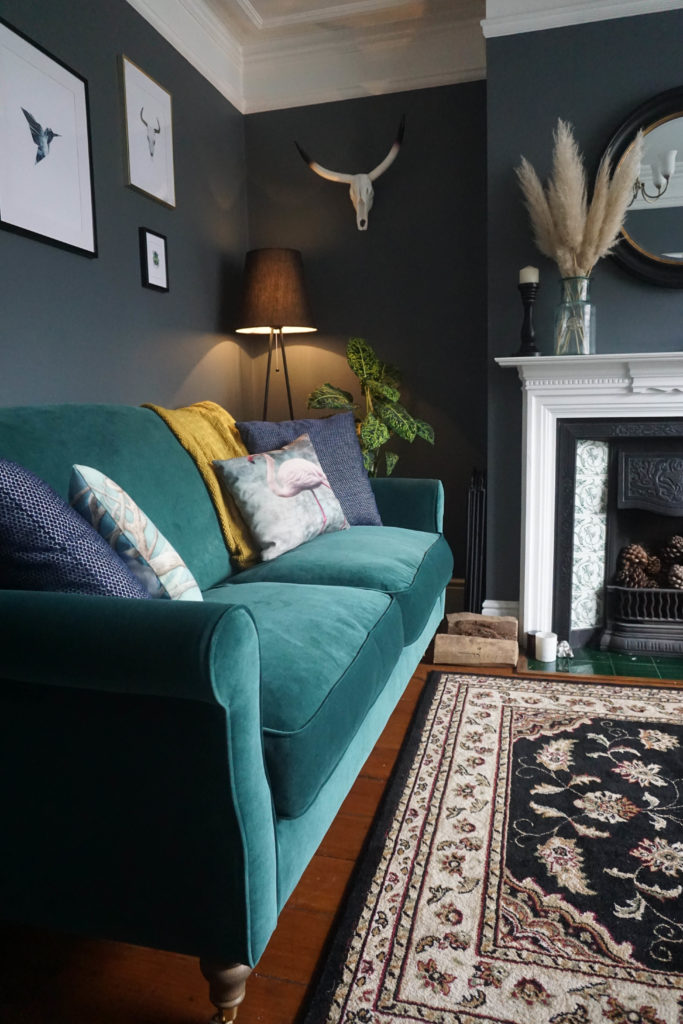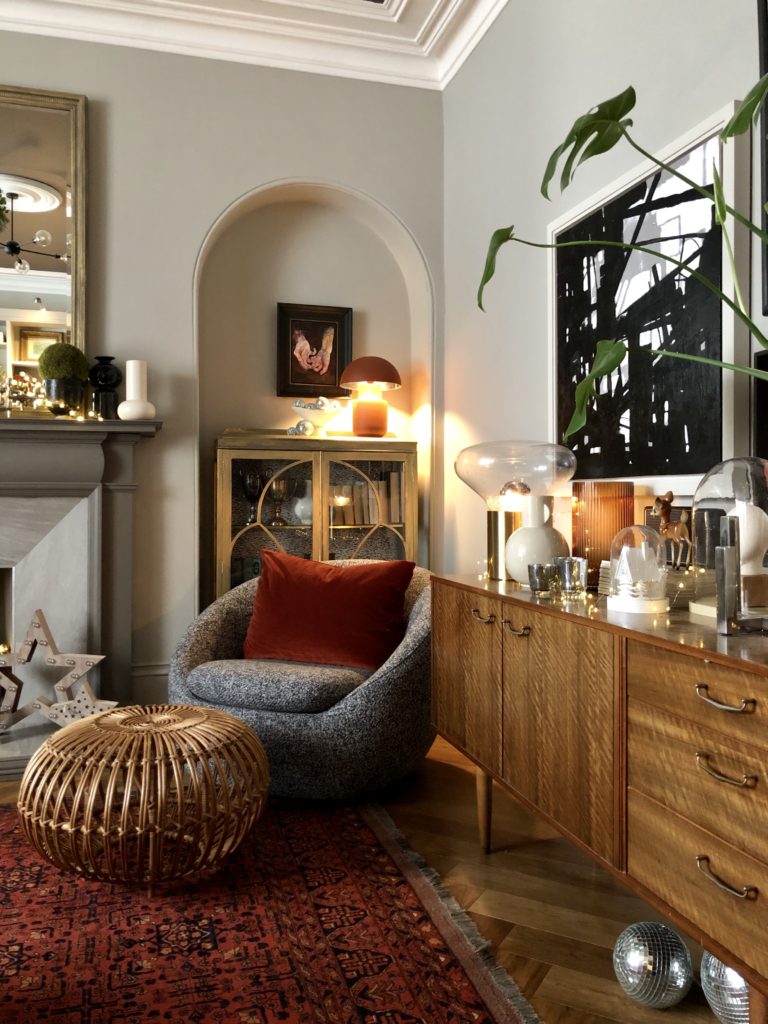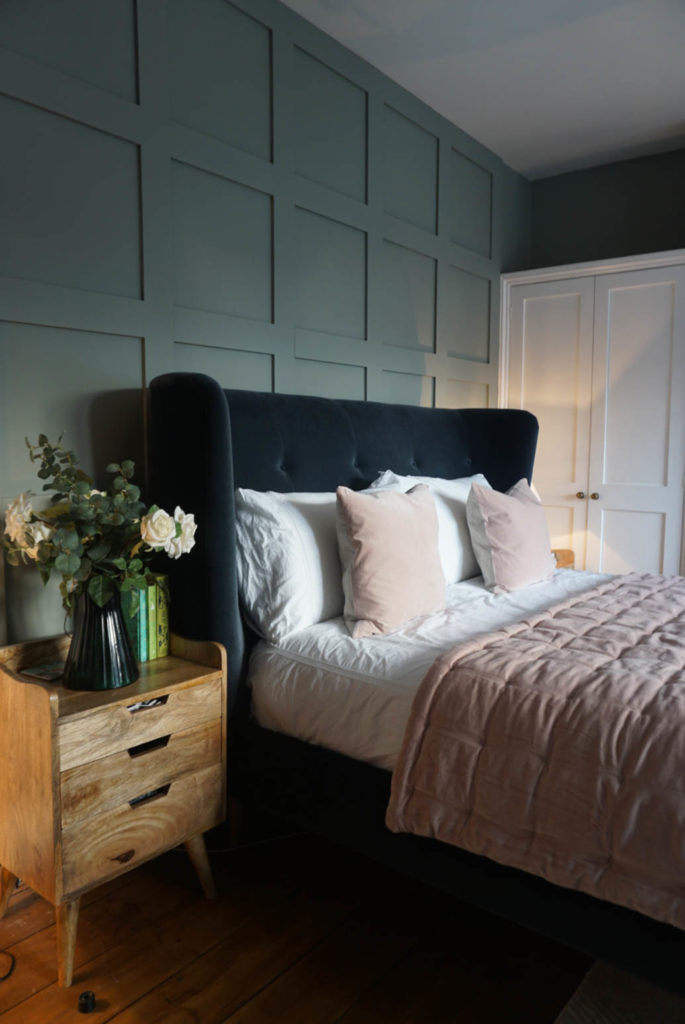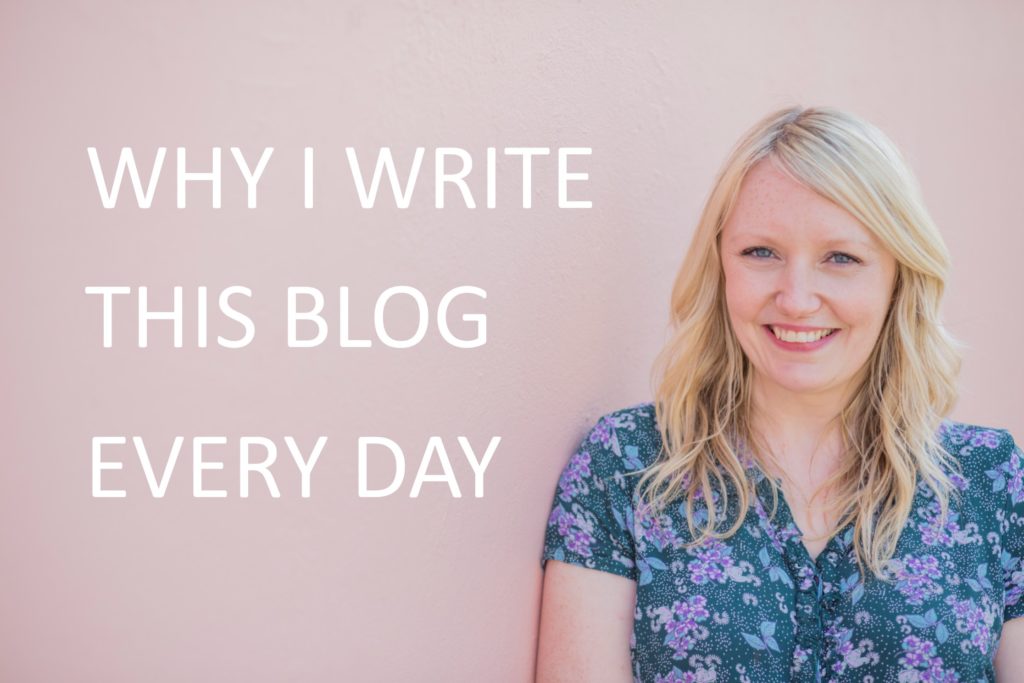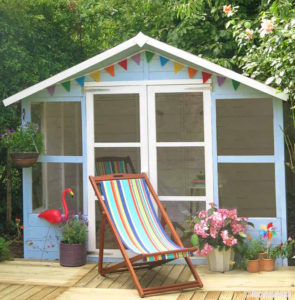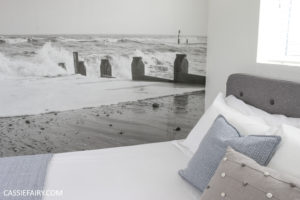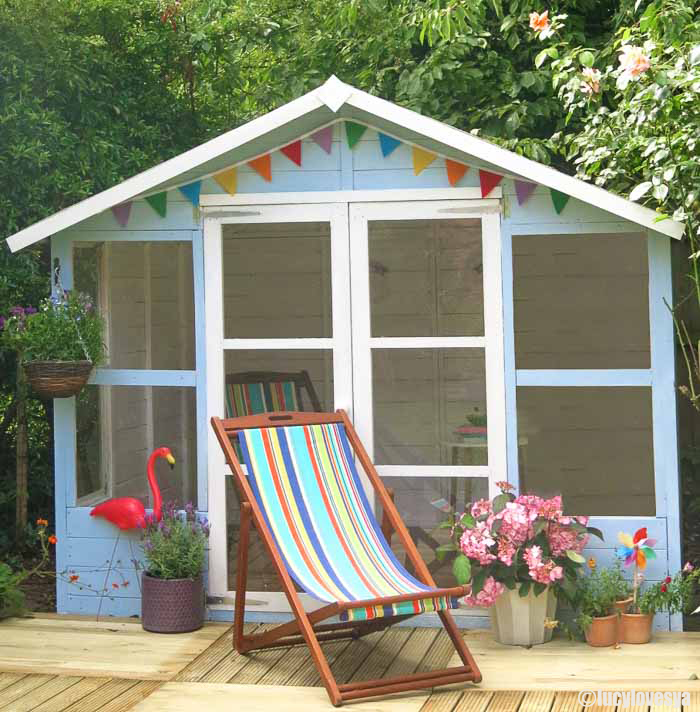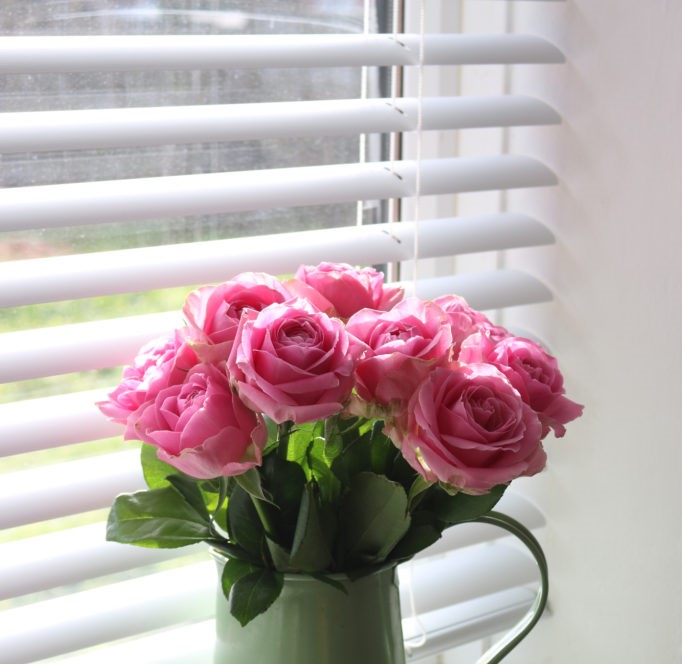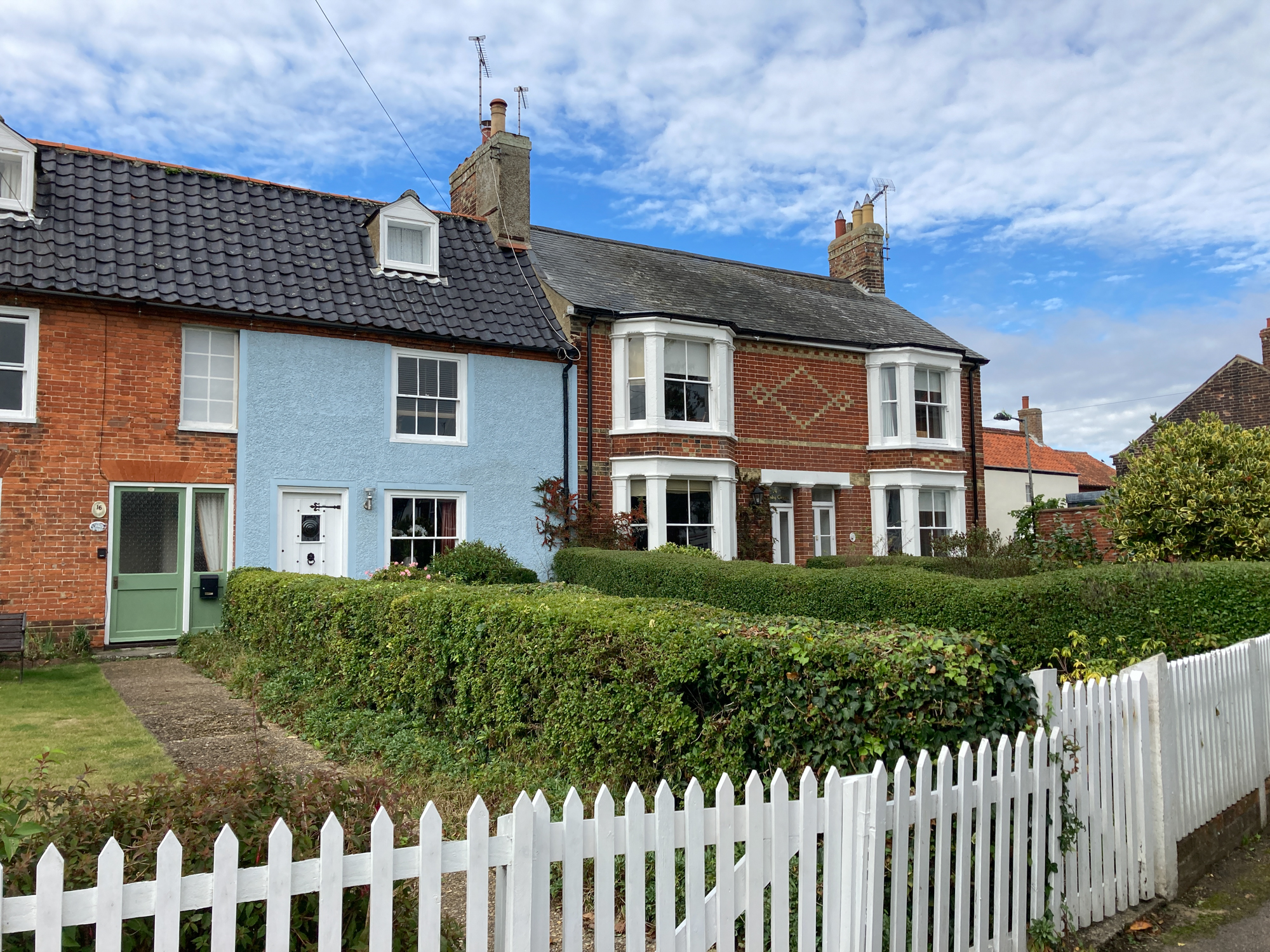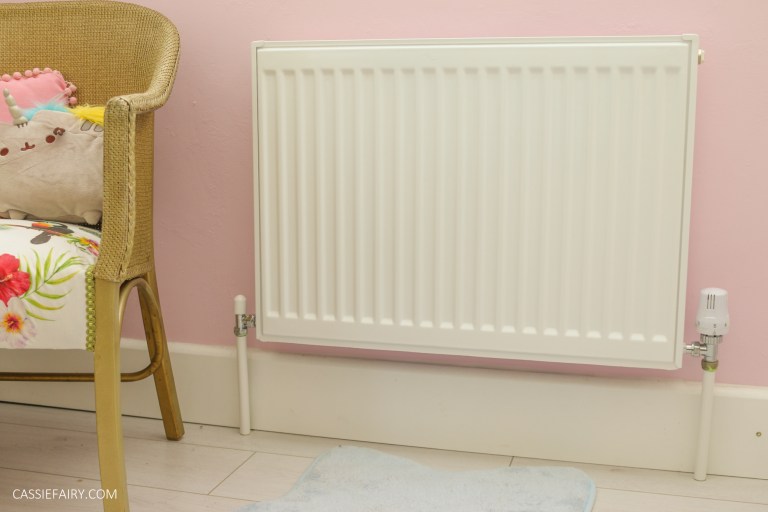Restoring a Victorian, Edwardian or Georgian house has to be one of the most daunting building renovations to undertake. The age of these structures, often well over one hundred years old, mean any restorations must be handled with care. Having written about countless home restorations for Reclaim magazine, I’ve heard many stories from homeowners who uncovered problems during their property renovation. One simple mistake can result in huge costs, significant delays, and long-term structural problems, so here are seven tips for restoring a Victorian house:
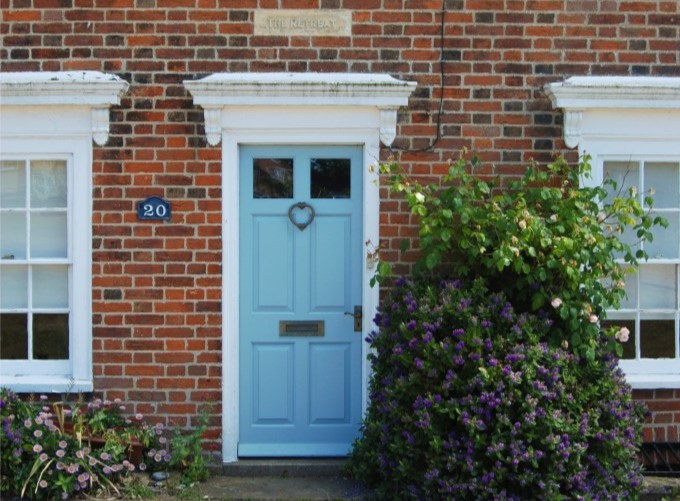
1 DO YOUR RESEARCH
It’s difficult to know what kind of work Victorian home restorations entail so it’s crucial you do research before embarking on a restoration project. Learning about these old structures is really interesting as Victorian houses were built in different eras and were named after Queen Victoria. These are referred to as early, mid, and late, ranging from the mid-1800’s to 1901.
Each of these periods have unique features which you need to learn about before approaching your restoration. Early Victorian’s tend to be simpler, while mid and late structures typically feature more decorative elements like cast iron lacework.
Before commencing your project, research where to get your restoration supplies—whether online or from physical stores. Specialist retailers provide renovation solutions for projects big and small. For instance, some companies offer customised fixtures and fittings from interior window sills to decorative skirting boards and architraves—ideal for a Victorian renovation.
2 CONSULT PROFESSIONALS
Whether you want to adopt a DIY approach for your house restoration project or not, you’ll still need some professional help. An inspector or a contractor will be able to determine what scale of work needs to be done on the project and how best to go about it.
As a rule of thumb, the older a home is, the more likely it is to have issues. So it’s a good idea to thoroughly assess your older home at this early stage of the restoration process. Without having an audit done as early as possible, you may uncover potential dangers, like asbestos or structural damage. Homes needing a foundation repair, new roof, drainage and insulation improvements need to be audited by professionals to determine structural integrity.
3 GET THE BUDGET RIGHT
House restoration projects can quickly get out of hand without a firm budget in place. Budgets ensure that buying decisions are guided by predetermined estimates, ultimately helping to minimise costs where possible. It will also help you to save and plan in advance before starting the project, so you don’t run out of money half-way through and end up with work waiting to be done that you can’t afford to complete.
The right budget for your Victoria restoration project should be created based on professional advice and research. Input from builders and restoration experts will ensure that all factors, from building supplies to furnishings, are considered.
With the right restoration budget, you can:
- Prevent money being wasted on unnecessary work.
- Avoid ordering too few or too many materials for the restoration process.
- Ensure quality yet cost-effective materials are purchased for the project.
- Put in place a satisfactory contingency sum.
- Guarantee enough funds to pay professionals who work on the project.
4 CARRY OUT REPAIRS
Repairs are inevitable in most home restorations. Your home may require small-scale fixes before you can consider bigger renovations, such as extensions or loft conversions. No matter how big or small the repairs are, they must be carried out before any other areas of the home are touched so, after conducting an audit, it’s time to complete the necessary repairs. Common areas that may need to be repaired include the front porch, roof, floors, and walls.
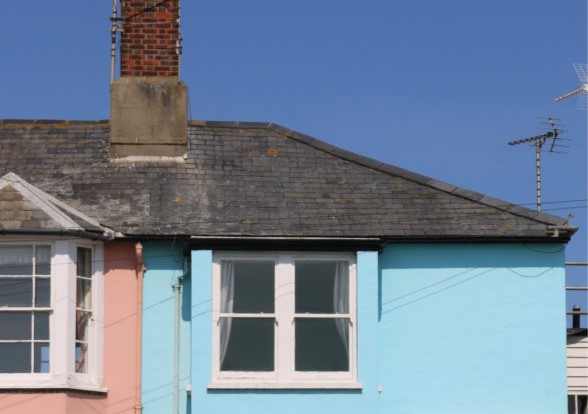
5 RESTORE ORIGINAL FEATURES
The beauty of Victorian buildings are the original features including fireplaces, stained glass doorways, coloured brickwork, iconic window frames, striking floor tiles and high ceilings. It’s very important to preserve these in the restoration process – and the removal of features would destroy the character and historic heritage of the property so take care not to cause any damage during the building work. Original features can have a direct impact on the resale value of Victorian houses because people who are interested in these properties tend to look at finer details.
6 CONSIDER EXTENSIONS AND CONVERSIONS
Many Victorian houses have spaces that aren’t suitable for modern use, such as small kitchens, pokey bedrooms and oddly-shaped living rooms. The solution to such spaces is to either convert or extend them. For example, you could combine a kitchen into the dining room, or build an extension at the rear of the property. Depending on the scale of the extension, planning permissions may be required so be sure to check this before you start any work.
7 DON’T RUSH
Restoration projects, particularly on Victorian houses, shouldn’t be completed in a hurry. Be ready for the long haul and take it one step at a time. It’s easy to carried away when you start renovating with grerat enthusiasm. However, if you’re tackling a large-scale project a burn-out is inevitable if you don’t take a gradual approach.
You can feel encouraged by keeping stock of the progress you’re making, and plan your priorities. When we renovated our own home, we took a video at the start and end of each day’s work. We could look back over these videos to clearly see just how far we had come – even when the end seemed still so far away. In the ever-increasing workload of restoration projects, it can start to feel like you’ll never finish!
When a restoration is done right, Victorian houses are among the most beautiful and will fetch large sums when it comes time to sell. Just take your time and plan your renovations carefully. Let me know your own tips for renovating a period property in the comments below.
PIN IT FOR LATER
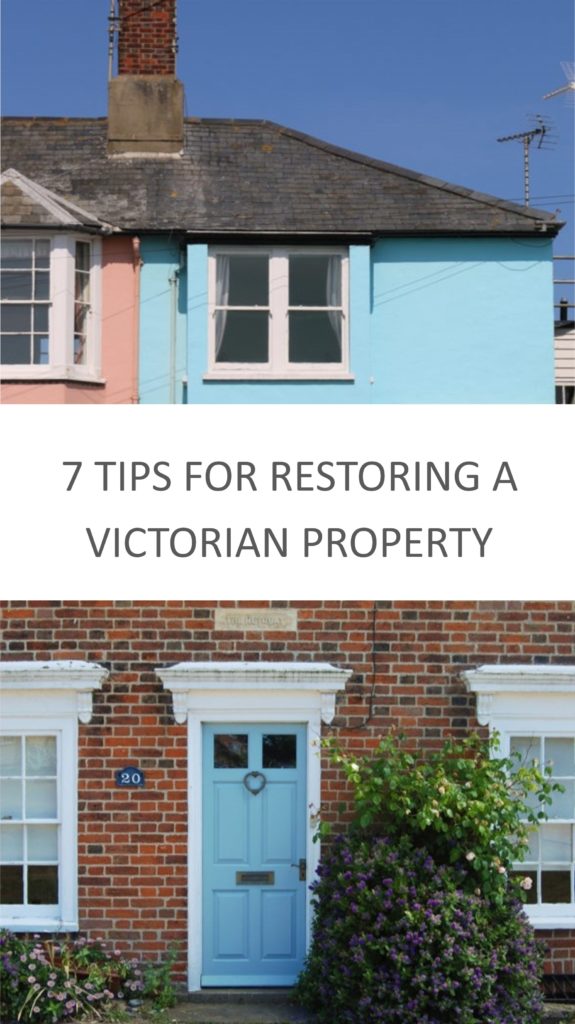
This blog post is an advertisement feature that has been written in collaboration with a sponsor. The pink links in this post indicate a sponsored link 🙂






